Tissues - Epithelial Cells
1/17
There's no tags or description
Looks like no tags are added yet.
Name | Mastery | Learn | Test | Matching | Spaced |
|---|
No study sessions yet.
18 Terms
Tight Junctions
located near the apical surface
Form a seal between cells by forming their plasma membranes
Prevent substances from passing between from passing between epithelial cells
Makes them move through cells instead of between them
Each rivet is a transmembrane protein
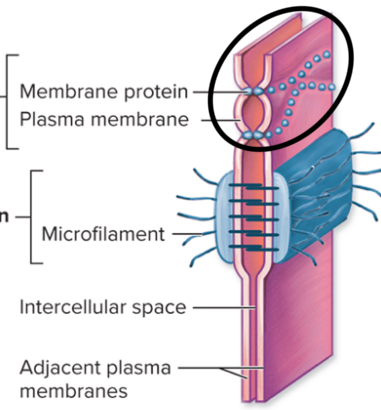
Adhering junctions
located below tight junctions
Prevent lateral surfaces from separating and allowing space for substances to enter
Wrap around the cell
Contain plaques and micro filaments line the plaques, together they make adhesion belts
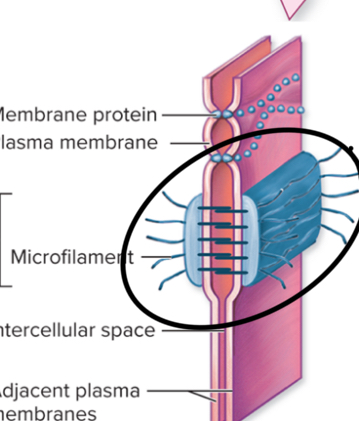
Desmosomes
consists of dislike proteins called plaques held together and spaced apart by linker proteins
Function as structural reinforcements at specific stress points
Contain intermediate filaments that connect desmosomes to other desmosomes
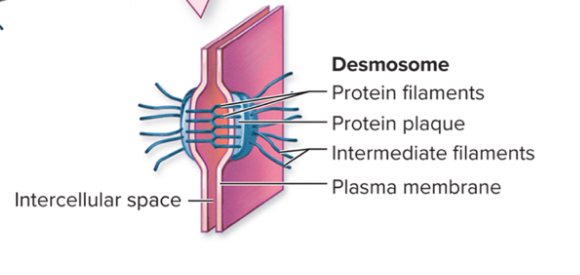
Gap Junctions
allow small substances to be transported between adjacent cells
Each gap contains a small group of tubular structures which are composed of a cluster of six proteins called connexins and has a fluid filled channel running down the center
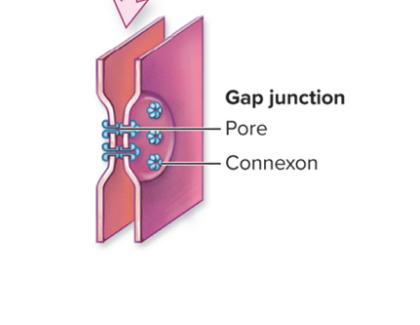

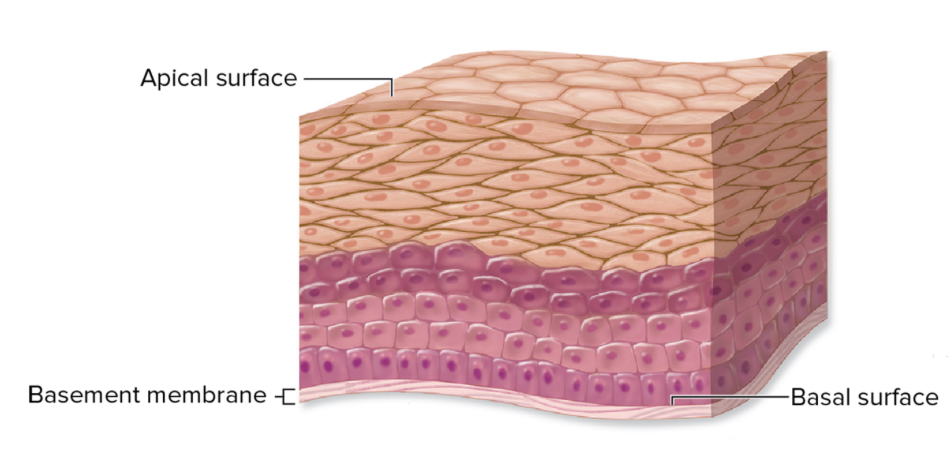
Simple squamous epithelium endothelium
Lines blood vessels, lymph vessels, and chamber of the heart
Simple squamous epithelium mesothelium
Lines serous cavities
pleural
Pericardial
Peritoneal
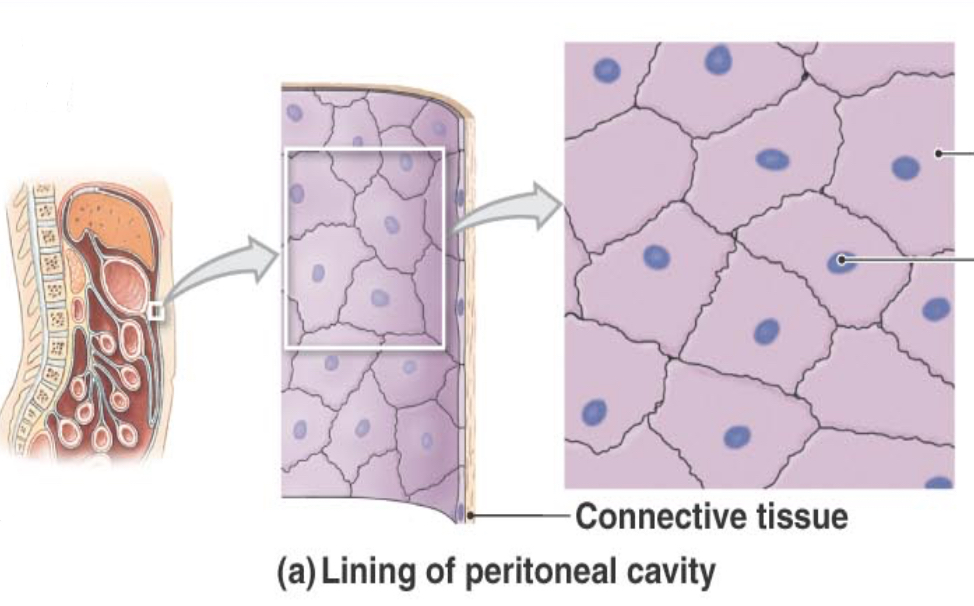
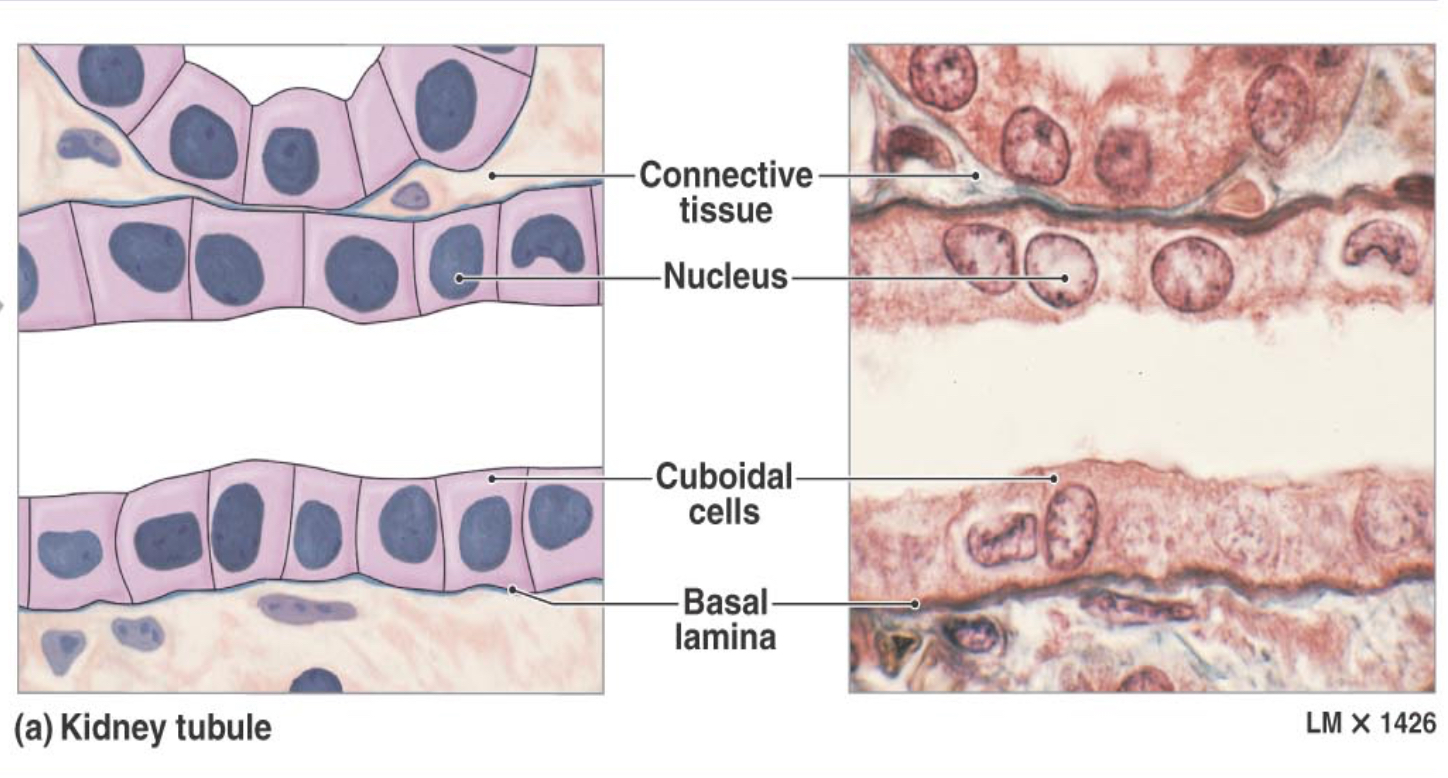
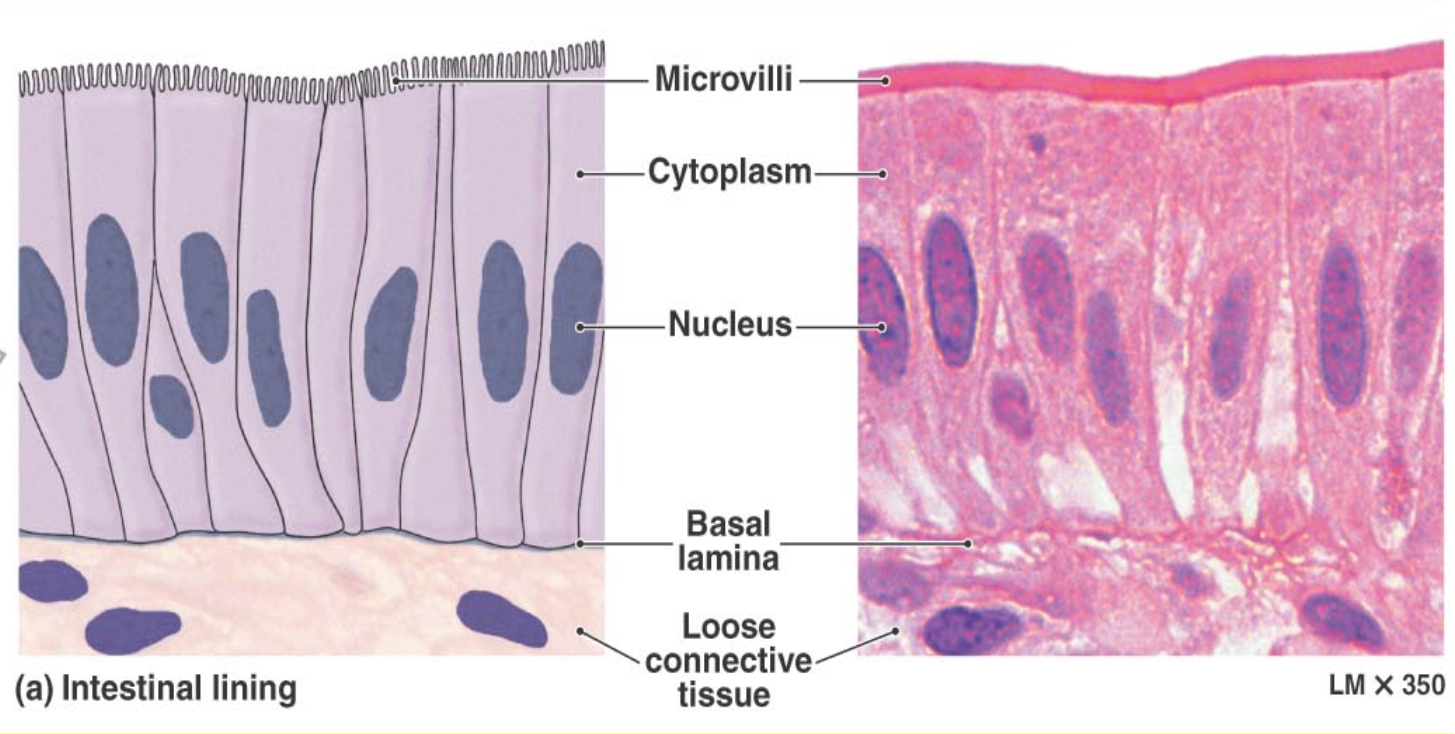
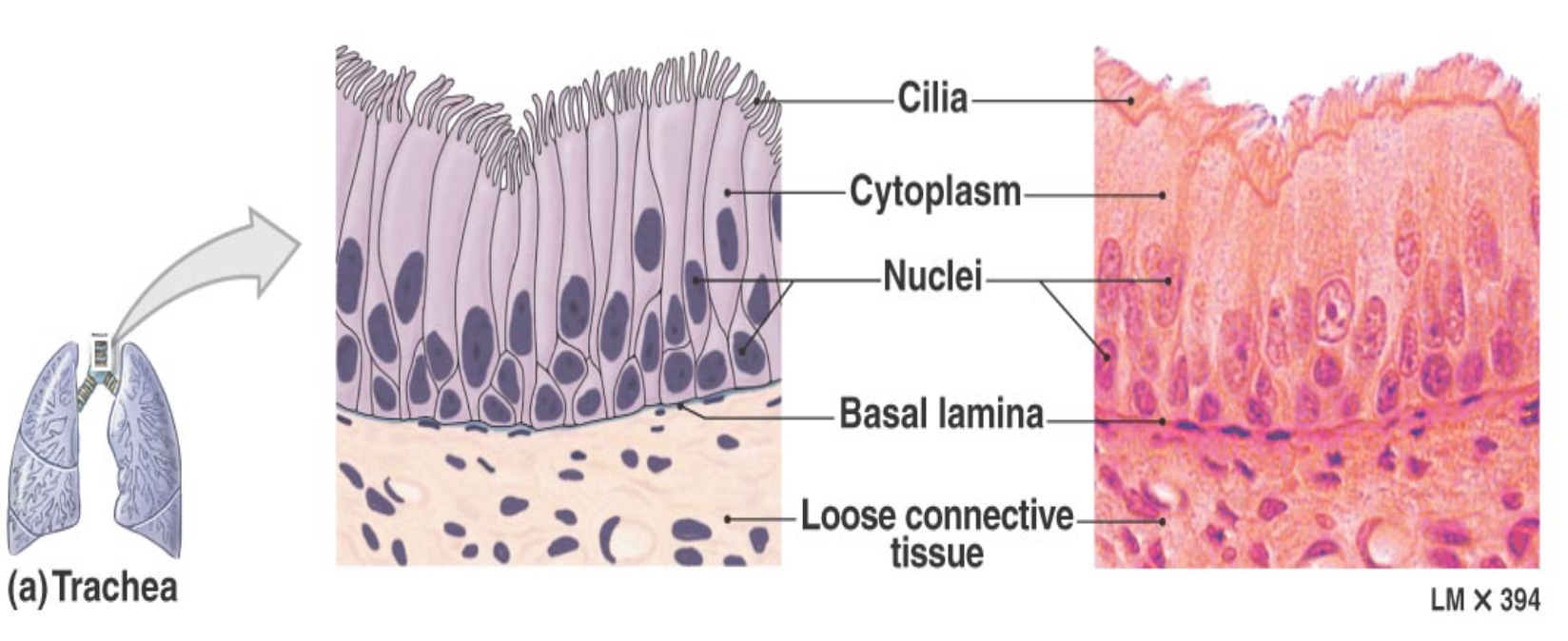
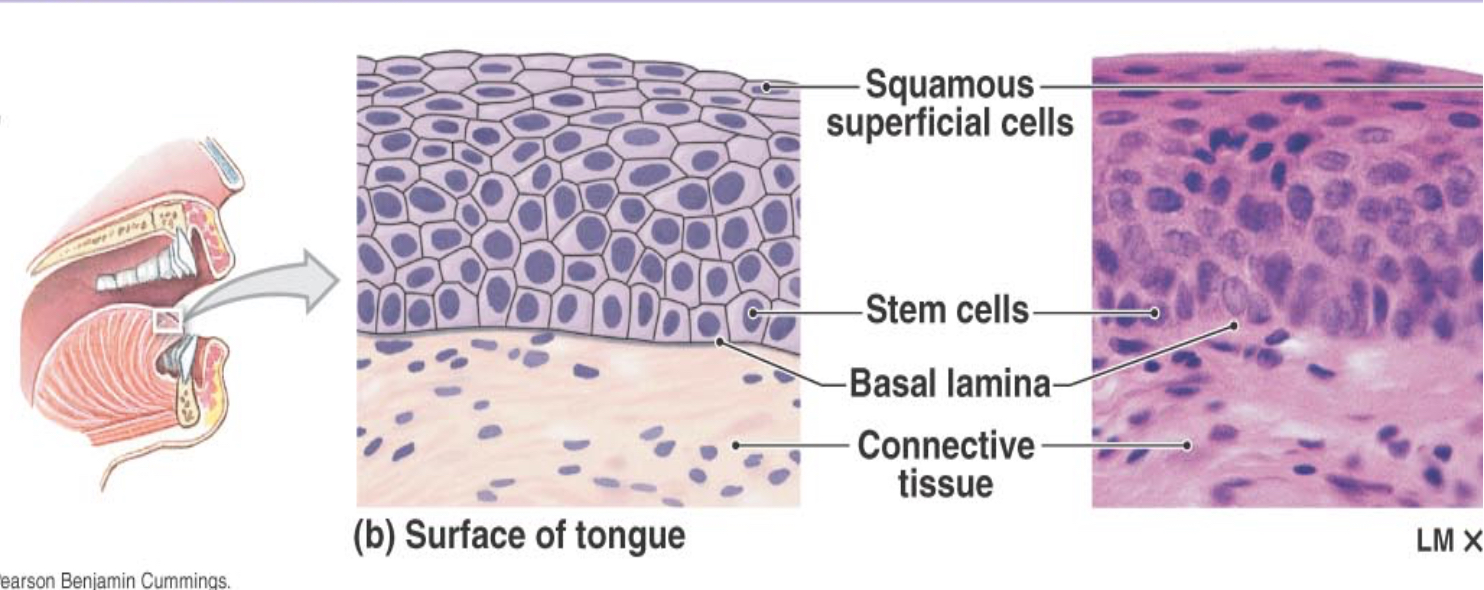
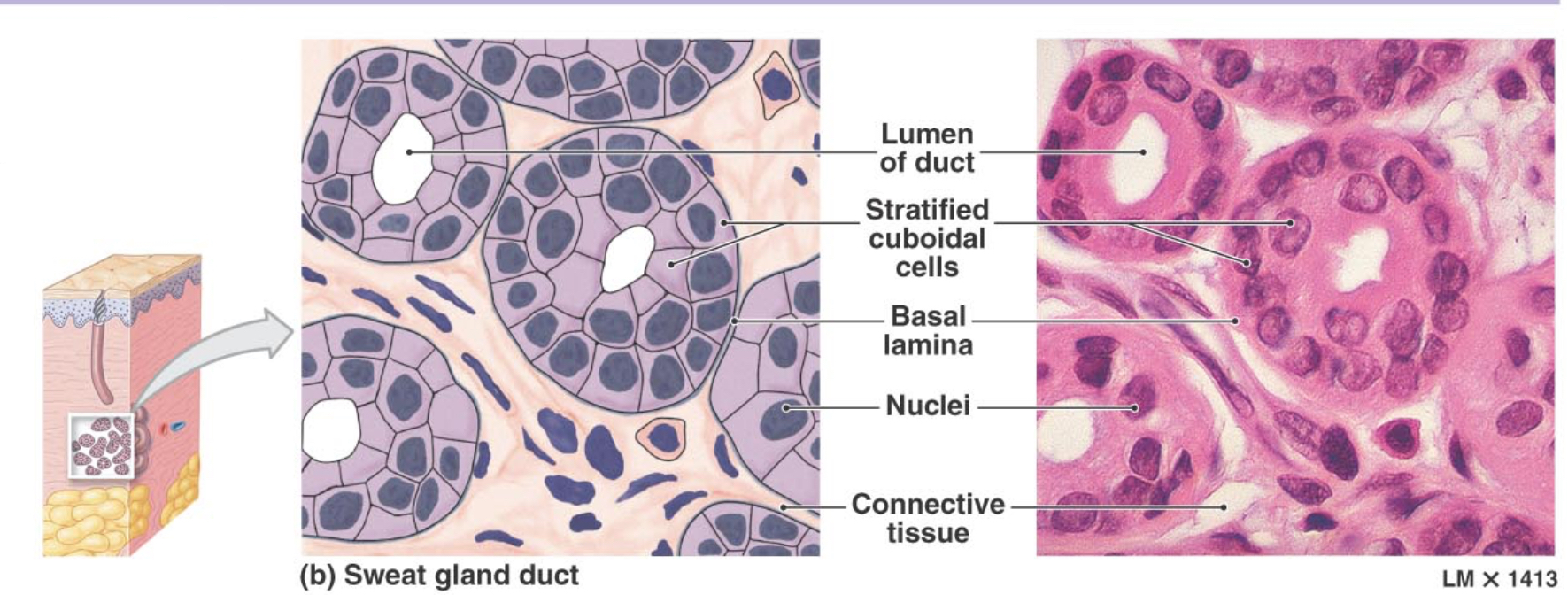
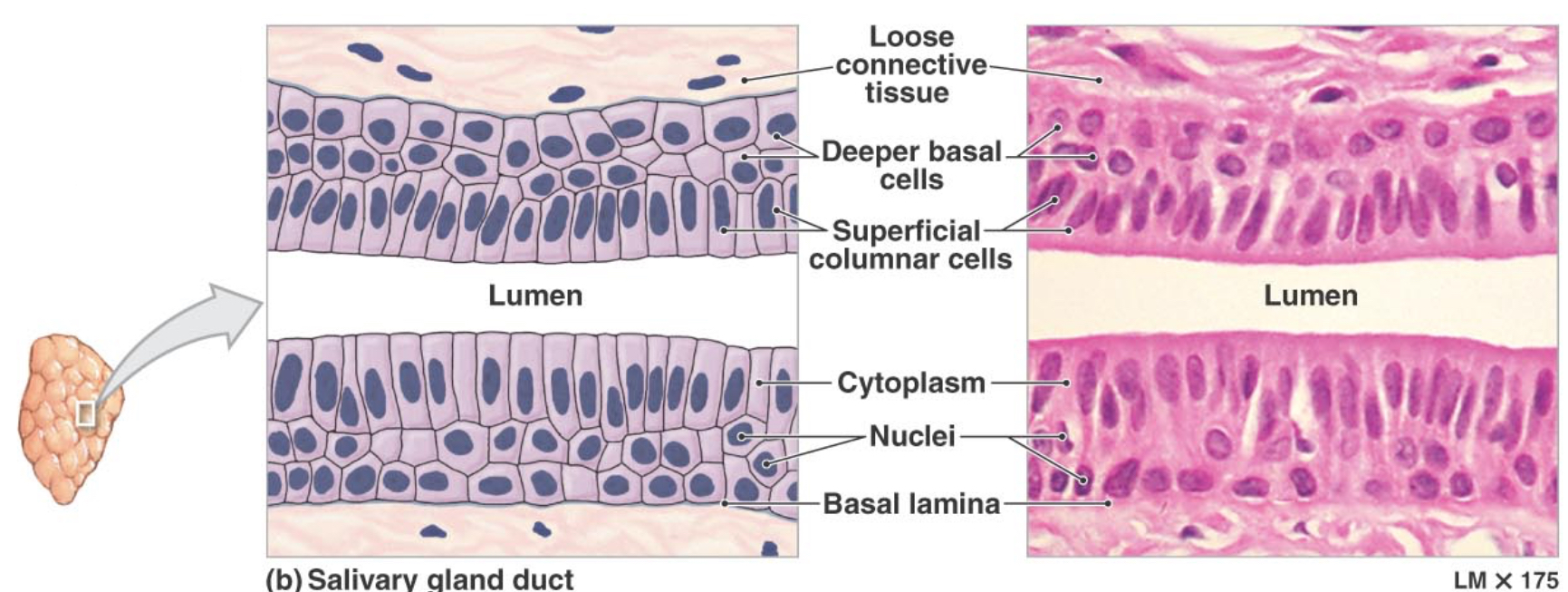
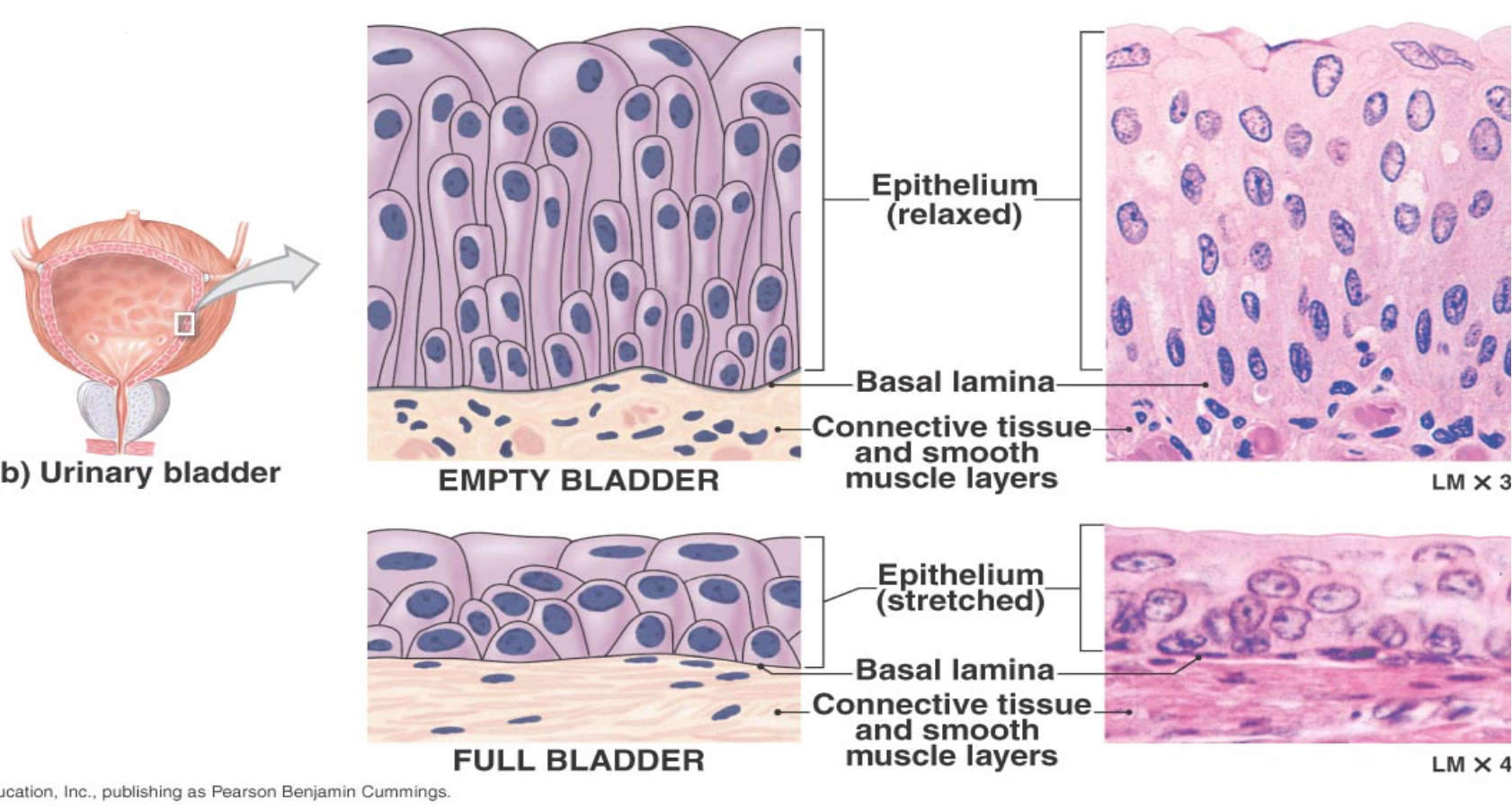
Keratinized stratified squamous epithelium
Contains keratin
Stronger
Made from intermediate filaments
All dead at the surface, no nuclei, no dna
Non keratinized stratified squamous epithelium
Mouth, vagina, anus
Some living cells at the surface